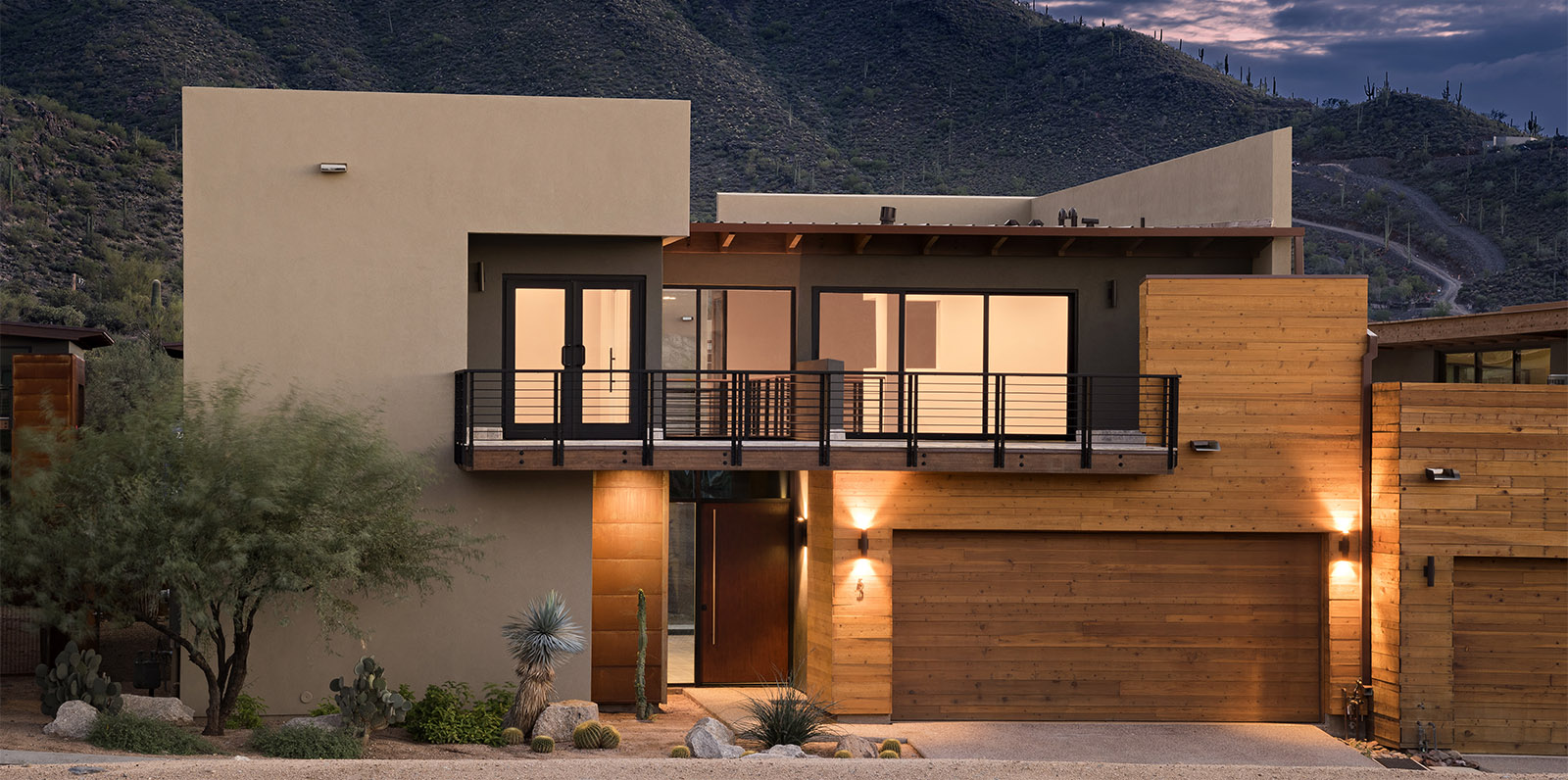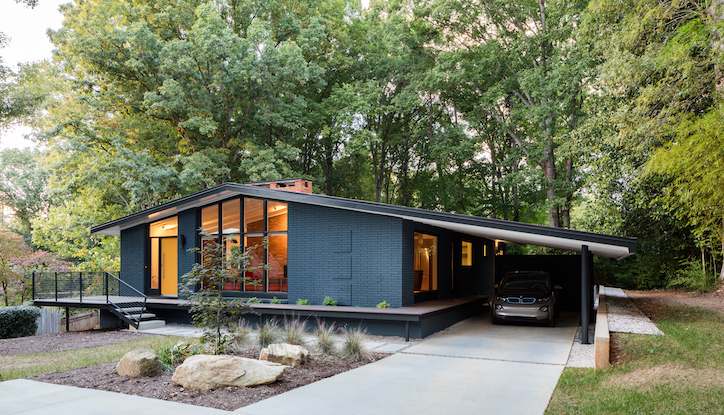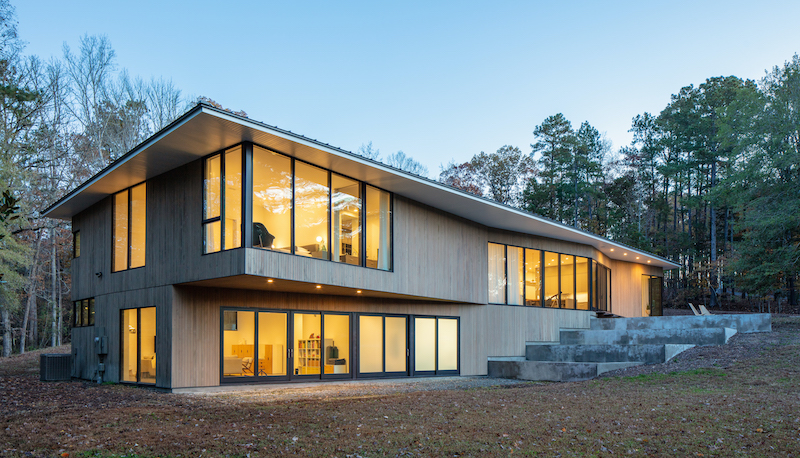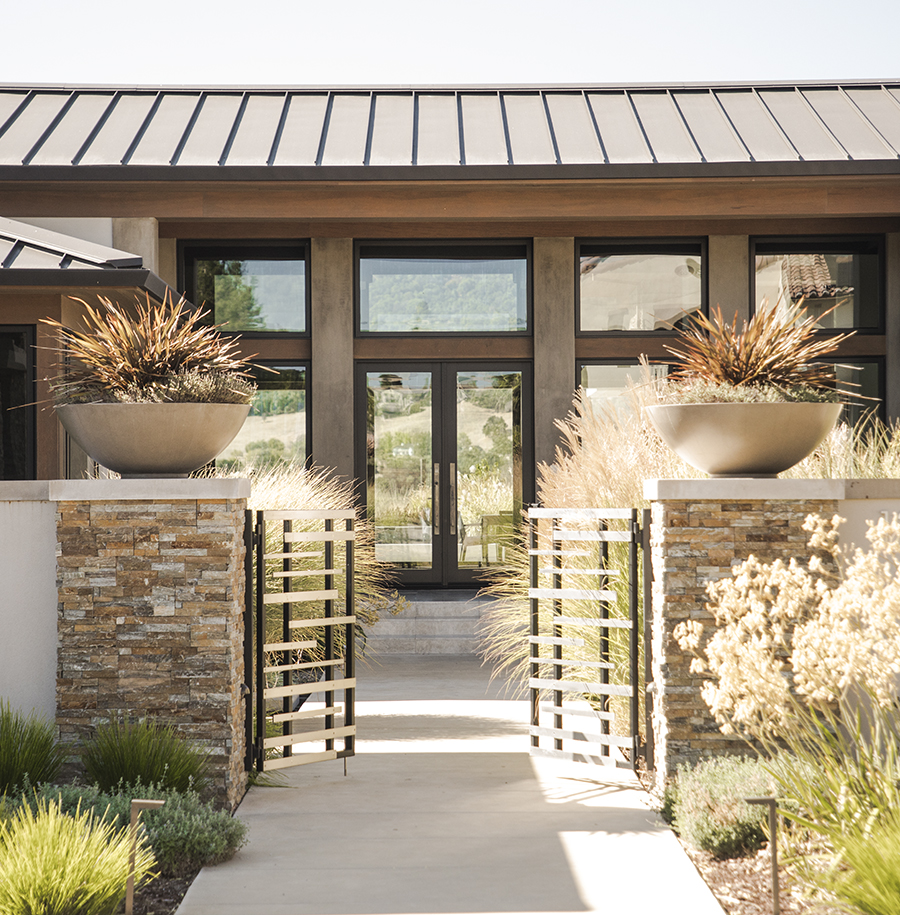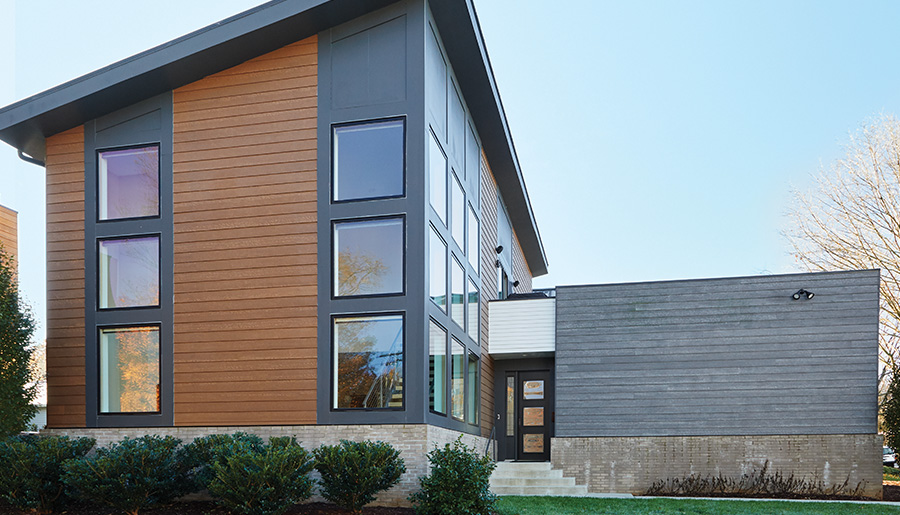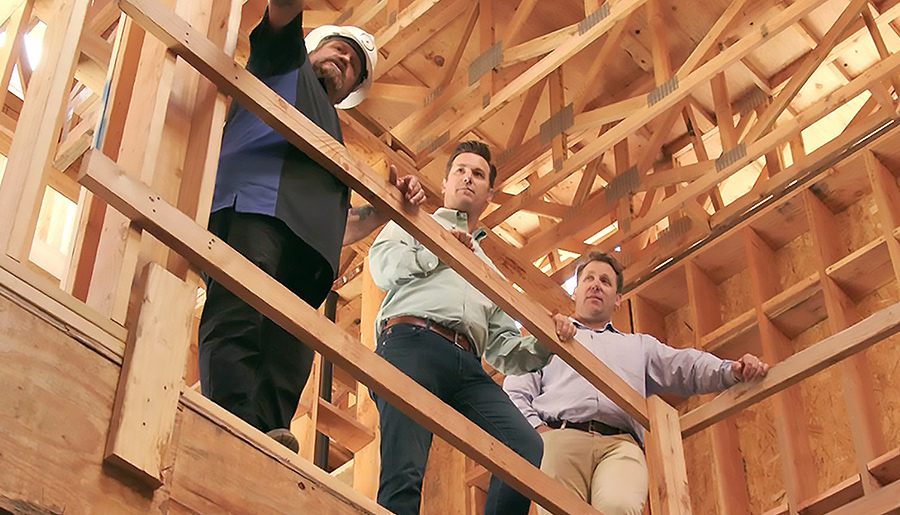Advice for managing today’s labor and materials challenges Rising materials costs and a shortage of skilled labor have been persistent challenges for years, and they have become more acute in 2020. Here are some helpful tips and strategies for navigating today’s unpredictable building environment while setting your business up for long-term success. Mitigating materials issues A 2018 survey from the National Association of Home Builders (NAHB) found that the rising price of building materials was the biggest problem housing developers faced. As the impact of COVID reverberates through global supply chains, the pricing and availability of building supplies have become even more unpredictable. Adopting practices that provide your business with greater flexibility is like putting on shock absorbers for the bumpy road ahead. Four flexible practices to consider include: Escalation clauses: Have a construction attorney draft provisions for your contracts that address adjustments of fees and payments to account for fluctuations…
Go beyond code with performance grade Many decisions go into building a home that will survive whatever nature throws at it. Considerations for choosing the windows are often guided by building codes that evolved in response to lessons learned about surviving disasters and extreme weather events. For example, engineers determined that when a hurricane tears the roof off a house, it’s often because windows were breached, letting strong winds in to push the roof up and off from the inside. Even if the roof holds fast, wind-blown rain blasting through a failed window will still cause significant damage. After Hurricane Andrew devastated South Florida in 1992, generating $27 billion in property damage, new requirements for windows regarding impact resistance and design pressure were added to building codes to help houses survive such disasters. Today’s homeowners increasingly want their homes to not merely survive extreme events, but also to be resilient. According to the Resilient Design Institute, resilience is the capacity to adapt to changing conditions and to maintain or regain functionality and vitality in the face of stress or disturbance. It’s the ability to bounce back after a disruption or interruption. A truly…
Discover a breadth of farmhouse windows and doors for every budget Brought to you by JELD-WEN The farmhouse style is increasingly popular for its down-to-earth charm and timeless aesthetic. From the natural wood look and rustic details to clean lines and indoor-outdoor elements, farmhouse has distinguished itself as a humble yet stunning design blueprint for both traditional and modern interpretations. This makes product selection all the more challenging. With so many windows and doors to choose from across different materials and designs, it’s difficult—and time consuming—to find products within your budget that complete the farmhouse look. A much more efficient solution to product selection Our curated farmhouse collection makes it faster and easier to find products that meet style requirements within your budget, all in one place. We organize the windows and doors by pricing tiers, so you can easily estimate costs and mix and match your budget options based on…
Four factors for identifying green windows and doors What does sustainability really mean? Ask ten homeowners—or builders—and you’ll get different answers from everyone. Fortunately, when it comes to identifying windows and doors for a sustainable building project, there are some well-established criteria to consider and discuss. 1. Energy efficiency Ever since the oil crisis of the 1970s, manufacturers like JELD-WEN have designed numerous innovations into their windows and doors to improve energy efficiency. This includes Low-E glass and its advanced counterparts, LoE3-366 and Low-E EC, all of which use invisible metallic coatings on the glass to reflect the sun’s heat without affecting visibility. In addition, inert, nontoxic, and invisible gas (usually argon or krypton) captured between glass panes further insulates windows to help keep heat out or in, depending on the season. The U.S. Environmental Protection Agency’s (EPA’s) ENERGY STAR program establishes common energy efficiency standards for a wide range of products. To become ENERGY…
Most homeowners don’t have firsthand knowledge of window and door brands. Yet many goals they have for their custom homes—like energy efficiency, style, durability, and natural light—can be accomplished with the right windows and doors. Windows and doors are significant players in the Whole Home solution, which is why many homeowners rely on a builder or contractor for expert advice. It’s also why many do their own research on the internet. But the latter is not as helpful as the former. The internet is a breeding ground for misinformation. Homeowners expecting to understand the different types, benefits, and fundamentals of windows and doors may not get the entire picture. For instance, a homeowner in South Florida may find a window advertised to work in all temperatures, but the truth is it was only tested in cold and dry climates, not hot and humid climates, where it would be installed. Because of this…
Architects know that windows and doors impact more than the home’s design. They also affect the house’s carbon footprint and resilience against weather conditions such as wind, rain, snow, and heat. That’s why choosing the right models and brands is critical. The truth is product selection is easier said than done. Architects specify products to get the best quality for the client’s budget, to ultimately find the perfect balance of performance, design, and sustainability features to satisfy project goals and achieve their client’s vision. There’s also the warranty support to consider in case something happens later. Having a friend on the dealer and manufacturing side makes this process simpler. Rather than relying on their research, they can supplement their findings with firsthand experiences from people closest to the product—people who know how the product works, understand all the technical issues, and have strong opinions on brands. This information is crucial…
Architects have numerous tools to visualize and share their concepts. However, the most effective one is often overlooked. It isn’t a BIM program, a virtual fly-through, or the latest 3D printer. It’s communication, a lack of which can cost more than any itemized expense and make the benefit of the above tools seem insignificant. Why do so many architects struggle to effectively communicate with their clients when business depends on it? To answer that question and find a solution, let’s look at fundamental communication challenges in any client engagement. · Understanding the client’s viewpoint completely · Having thorough communication between stakeholders · Sufficiently managing design requirements · Responding to and being aware of changing client needs · Getting enough feedback from the client Miscommunication costs time, which leads to unnecessary expenses and delays for both parties. Due to outside factors, some of the above challenges may be impossible to overcome, yet all could be solved…
Critical considerations for choosing windows and doors that meet performance and style requirements The goal of every remodel is to maximize the home’s long-term value while increasing comfort for the homeowner. Today let’s cover how to accomplish that by choosing the right windows and doors. Replacing the windows, for example, can improve energy efficiency with a tighter home envelope. And modern doors are more functional and secure than their older counterparts. Replacing these elements with updated materials and design helps increase curb appeal and the overall home value. How do you choose the right windows and doors for your remodeling project? Here are a few elements to keep in mind: 1) Consider the local climate If the home is in a location that’s prone to extreme weather and temperatures, you’ll want windows with higher performance ratings made for an airtight installation to prevent leaks, helping to maintain a more comfortable temperature all…
Learn how homes marry performance and sustainability to become resilient sanctuaries. Most homes need power to remain habitable. However, there’s an increasing design trend among architects—especially on the East Coast with frequent storm-related power outages—that builders and remodelers should monitor closely. It’s called passive survivability, and it’s the standard for today’s most energy-efficient homes. Passive survivability reduces a home’s environmental impact while still providing for basic human needs when utilities are out. After the storm passes, the home’s features work to keep the inside comfortable. What are the main ingredients of passive survivability? Let’s take a look. 1) Super-efficient home envelope Highly efficient envelopes help homes retain so much energy that heating or cooling requires less than a conventional HVAC system. This involves a combination of proper insulation and air sealing that starts with code-mandated structural features such as tie-downs to resist uplift and sheer panels to help the frames…
Two Brothers Building for a Better San Diego The best part about working where you grew up is giving back to the community that raised you. Murfey Company is a vertically integrated builder specializing in urban-infill, mixed-use projects in San Diego, California, helmed by brothers Scott and Russ Murfey—locals of La Jolla. The company’s portfolio includes apartment buildings, commercial development, and custom estate homes. Watch this video to get to know the Murfey brothers and learn why they build with JELD-WEN windows and doors. For assistance with window and door specifications or installation, visit JELD-WEN’s professional portal. Check out the JELD-WEN pro site for more information.

